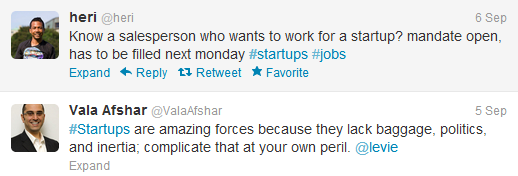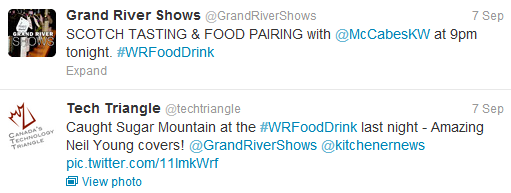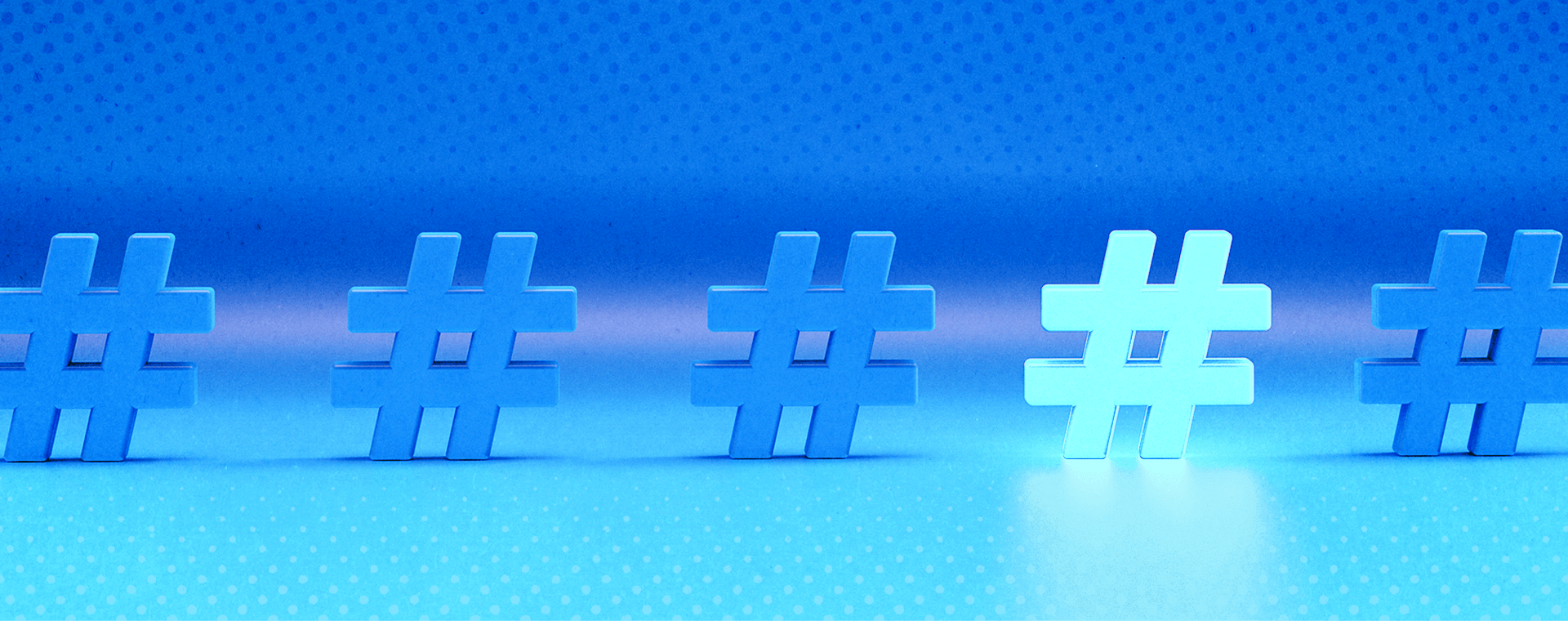Twitter hashtag #BestPractices
By: Chloe Rolph
September 18, 2012 | Reading Time: 3 mins
So you’ve got the Twitter basics nailed down—a branded handle, a solid content plan, and of course, your natural quick wit. But that’s only half the battle fun. If you’re not using hashtags (or you’re not using hashtags effectively), you haven’t yet reaped the full benefits of the Twitterspace. But don’t worry—we’re about to tell you how, and you’ll soon wonder how you ever tweeted without hashtags.
We’ll take a few steps back and explain the concept of the hashtag first. It’s that little number sign/pound sign symbol (#), followed by a single word or strung-together phrase. Strung together is key if you’re using multiple words because a space signifies that the hashtag is over, so #DoThis #Not this. Hashtags are attached to tweets in order to categorize the tweet under a certain topic, boost exposure and search visibility, or enhance virality.
Depending on your objective, there are different ways to use hashtags effectively.
Connect with your industry
This first one is less about using hashtags yourself and more about taking advantage of other tweeters’ use of hashtags. Using industry-specific hashtags can help you filter out a lot of Twitter “noise” and find exactly what you’re looking for. If you’re an entrepreneur, type “#startups” into the search bar and you’ll find an entire community buzzing with the latest news and chatter around everything startup-related. This is a great way to network, find opportunities, learn about events, discover articles, and get inspired beyond your immediate following. 
Have your industry connect with you
The next step is adding your two cents—sharing knowledge and in turn, attracting new followers. Properly direct your tweet with an industry-specific hashtag to ensure it is publicly searchable and categorized with all other tweets across the globe with the same hashtag. Sticking with our previous example, attaching the hashtag #startups to a tweet can help you become visible within the entrepreneurial Twitter community. People that wouldn’t otherwise have stumbled upon your content will now see your tweet in the #startup stream and have a chance to get inspired, retweet your stuff, and connect.
Create your own buzz
If you want to have some fun with hashtags, consider using a unique custom hashtag as a marketing tactic. There are some great examples of brands launching extremely successful hashtag campaigns. Both the viral and public nature of Twitter help this buzz spread like wildfire. Domino’s in the UK discounted the price of their pizza for a day by one pence for each person that tweeted with the hashtag #letsdolunch—85,000 tweets later, the price was dropped from 15.99 pounds to 7.74. Uh-mazing! This doesn’t just work for products—try creating a buzz around an event with a unique hashtag. The Waterloo Region 2012 Food & Drink expo did a great job of this last weekend by using their own #WRFoodDrink hashtag during the promotion and execution of the event. The show, its vendors, and all the attendees were able to join in one big conversation, boosting exposure for the show.
Do you have another great way to use hashtags? We’d love to hear about it. Bonus points if you tell us the success story along with it!







